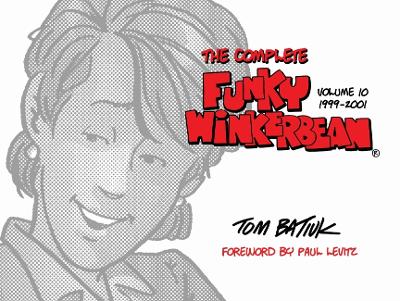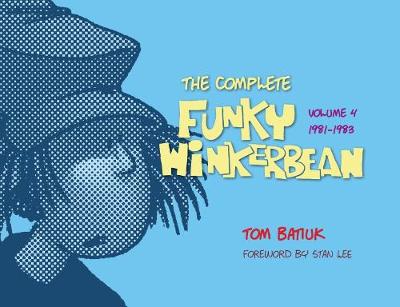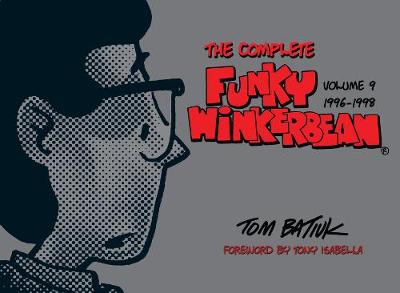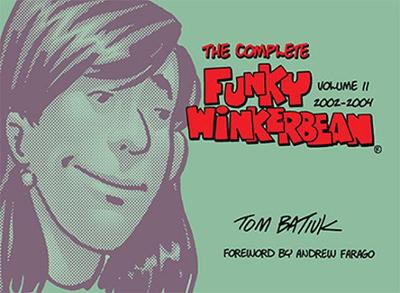The Complete Funky Winkerbean
4 total works
Book 10
Funky Winkerbean, a newspaper staple since 1972, is one of the few comic strips that allows its characters to grow and age. As time passes and characters evolve, new and loyal readers alike are reminded that not only does Funky have a future, but the strip has a rich past.
What remains a constant is Batiuk's signature narrative-driven humor. This tenth volume, spanning from 1999 through 2001, embraces the strip's past while casting an eye to a bright future.
In this fourth volume, award-winning cartoonist Tom Batiuk continues to chronicle the lives of the students and teachers at the fictitious Westview High School.
By the 1980s Batiuk's talent for character- and story-driven work comes into its own. Harry L. Dinkle, the World's Greatest Band Director and Funky's first breakout character, is still marching along happily. He makes the first of two visits to the Tournament of Roses Parade, and his ego grows even larger. Harry proves a good match for the sitcom style of writing into which Batiuk's work on Funky is developing, and Crazy Harry thrives as the repository for the more outré ideas and situations. Whether it is living in his locker and playing frozen pizzas on his stereo, battling the Eliminator at Space Invaders, announcing that he is an air guitar player, or inviting Carl Sagan and ET to the Star Trek Convention that he and the school computer would host, Crazy becomes Funky Winkerbean's natural-born outlier. Meanwhile, Les Moore continues his angst-filled journey as the leader of the school's out crowd. He's still at his machine-gun-fortified hall monitor's post, trying to avoid getting beaten up by Bull Bushka, and generally dealing with school life as best he can.
The strip-within-a-strip about John Darling and his bottom-of-the-ratings-barrel TV station, Channel One, which had spun off into its own strip called Darling, remains popular. And Batiuk introduces readers to a new character - the school mascot, a vest-wearing scapegoat that can speak its thoughts directly to the reader.
In the 1980s we begin to see hints of the change in tone that will come to characterize Funky Winkerbean's later years. Starting with the coach's heart attack and his reflections on life and relationships, then shifting to teacher Ann Randall and her job loss, these story arcs intertwine with others to mark the shift from a simpler sitcom mode to a more complex narrative with subplots.
Fans will enjoy each variety of comedy in Funky's subtle evolution from gags to situational humor to behavioral humor.
Funky Winkerbean, a newspaper staple since 1972, is one of the few comic strips that allows its characters to grow and age. With this ninth volume of the collected Funky Winkerbean, containing strips from 1996–1998, time continues to pass and events take place that will forever alter the lives of the core characters, even as new characters take the stage with stories to tell.
Tom Batiuk's narrative humor style now grows to encompass such diverse events as retirement, weddings, the treatment of immigrants, dating abuse, and post office bombings. Some of the stories can be told over a cup of coffee, while others require a full-on Roman feast. As the stories become more universal, the humor in Funky continues to become an integral part of the ongoing narrative.
Relationships move to the front of the stage in this eleventh volume of The Complete Funky Winkerbean as the lighthearted dalliances of the past segue to the more mature partnerships of the adult world.
Marriages are tested as Funky and Cindy's relationship begins to break apart, and Becky and Wally are separated by the war in Afghanistan. At the same time, Lisa and Les begin a family and go house hunting, while Crazy Harry meets an unlikely soulmate from his high school video gaming days.
In Tom Batiuk's introduction to this volume, the curtain is pulled back on the art of Funky to show what was happening behind the scenes artistically as the work over these years was being created.



